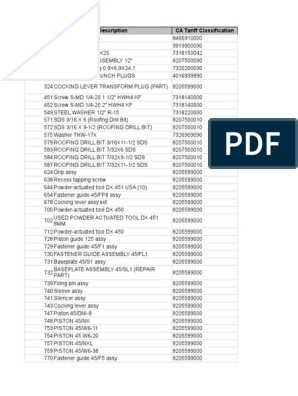0% found this document useful (0 votes)
455 views2 pagesPathophysiology of Tetanus
A 18-year-old male presented with tetanus after a dental infection. Clostridium tetani entered through the wound where anaerobic conditions allowed spore germination and toxin production. The toxins were disseminated through blood and lymphatics to the nervous system. Specifically, tetanospasmin was transported into central nervous system neurons. This interfered with neurotransmitter release, blocking muscle relaxation and leading to unopposed muscle contraction and spasm. Without intervention, the spasms could cause respiratory failure, autonomic dysfunction, and death.
Uploaded by
Anitha SuprionoCopyright
© © All Rights Reserved
We take content rights seriously. If you suspect this is your content, claim it here.
Available Formats
Download as DOC, PDF, TXT or read online on Scribd
0% found this document useful (0 votes)
455 views2 pagesPathophysiology of Tetanus
A 18-year-old male presented with tetanus after a dental infection. Clostridium tetani entered through the wound where anaerobic conditions allowed spore germination and toxin production. The toxins were disseminated through blood and lymphatics to the nervous system. Specifically, tetanospasmin was transported into central nervous system neurons. This interfered with neurotransmitter release, blocking muscle relaxation and leading to unopposed muscle contraction and spasm. Without intervention, the spasms could cause respiratory failure, autonomic dysfunction, and death.
Uploaded by
Anitha SuprionoCopyright
© © All Rights Reserved
We take content rights seriously. If you suspect this is your content, claim it here.
Available Formats
Download as DOC, PDF, TXT or read online on Scribd
/ 2


































































































